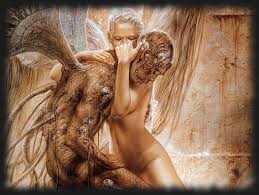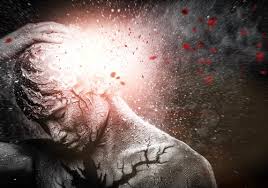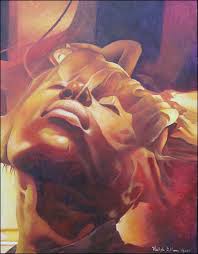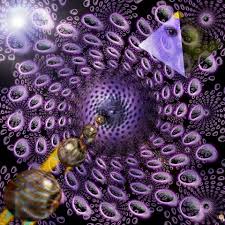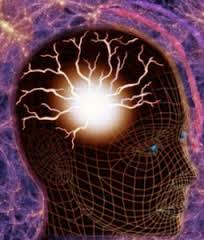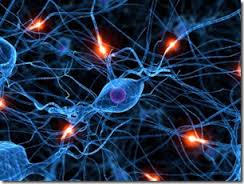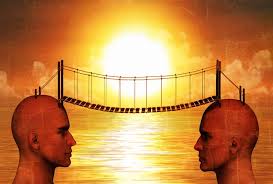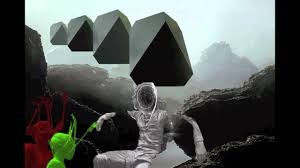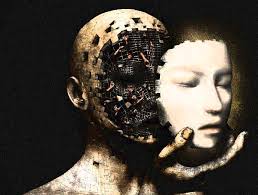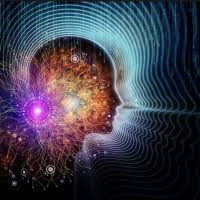It is true that dream locations do not exist within our heads in the same way the physical streets exist within the place of cities. While we are within the context of a dream, however, the location appears to be immediate. In dreams we may walk down avenues which do not exist in physical terms. We receive data we would call sensual if we were awake. We hear, touch, taste, smell, and operate in a manner that we would call physical if we were awake. We walk, talk, act, work, play, while our actual bodies are at rest.
I can find any Main Street at any time I choose: for all practical purposes it is a permanent feature of any city. But I cannot return to a dream location anytime I choose. Can we say, then that dream locations are different from physical places in that we cannot return to them? Not quite, since in recurring dreams many of us do visit the same streets and houses with which we have become familiar in other dreams. If we cannot find dream locations when we are in the waking state, neither can we find physical locations when we are dreaming. There is good reason to suppose that we can return to various dream locations simply by suggesting we will do so before we go to sleep. So the dream world may possess an organized structure also, just as the physical world does, and one in which we all know our way very well–while we are sleeping.
Such matters may at first seem far divorced from a discussion of the so-called spirit world. However, perhaps you can now see that we are much more than creatures composed of physical matter. Our intimate direct experience transcends physical reality as we know it. We are a mixture of corporeal substance and something else that we can only approach through subjective experience, a something that makes us what we are, and without which consciousness would be meaningless.
It makes no difference what we call this portion of our personalities, spirit, or soul, or mind. The point is that the most vital aspects of the self are not physically materialized.
It is true, however, that clues to the existence of this portion of the human personality can be found in physical matter. Our emotions can be tampered with through the addition or subtraction of chemicals and hormones. To some extent our personalities can be manipulated. Even a subtle alteration in physical make-up will effect a change in our inner selves. But the fact remains that very significant experiences upon which our consciousness and identities depend are not physical in the usual terms.
If this reality of ourselves is not contained within matter but only connected to it, then it is quite legitimate to say that we operate and exist in both physical and non-physical dimensions. At times we are more closely allied with the corporeal universe than at other times. In dreams, for example, we are less closely bound to the physical world than we are in the waking state. Our sensual apparatus is turned down low to the idling stage. We are maintained within the physical universe, but we limit our operations within it. It becomes as unreal to us as the dream state becomes when we are awake.
It is at least conceivable that the I of our dreams is but another aspect of our own identity; an I that continues now to exist as itself despite the ego’s manipulation of the physical universe; and an I that will continue to exist after the alliance with physical matter is finished.
Consciousness is precisely that part of ourselves which does not exist as an object within the physical universe, and it is composed of those thoughts and emotions and dreams in which we realize ourselves most intimately.
